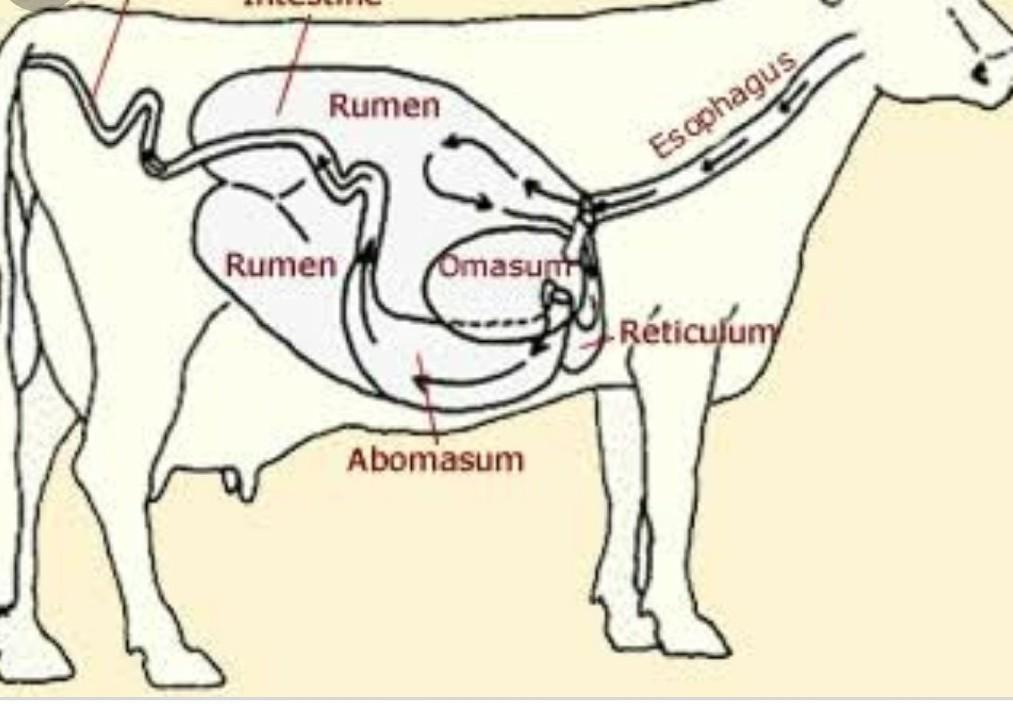by Andy Kau
For hotpot enthusiasts, "Beef Omasum" is a must-have dish that regularly finds its way onto the table. Alongside meat slices and other ingredients, "Beef Omasum" is often one of the stars of the meal. It's delicious, but do you really know where this delicacy comes from? Many people mistakenly think that "Beef Omasum" refers to beef tripe. However, "Beef Omasum" isn’t exactly the cow's stomach lining but rather one of its stomachs! That’s right—what we enjoy as "Beef Omasum" is actually part of the cow's stomach.
Cows have four stomachs: the rumen, reticulum, omasum, and abomasum. These names may sound unfamiliar, but "Beef Omasum" comes from the first stomach, the rumen. Let's explore the differences between these four stomachs and learn more about what we're actually eating.

What Are the Four Stomachs of a Cow?
Rumen
The rumen is the cow's first and largest stomach. As a ruminant, the cow uses the rumen as a fermentation chamber. When grass and other food enter the cow’s digestive system, they are first sent to the rumen for initial fermentation. The interior of the rumen has many small, spike-like projections, which is exactly what we refer to as Beef Omasum.
Reticulum
The second stomach is the reticulum, named after its honeycomb-like internal structure. After being processed in the rumen, food moves into the reticulum, which is also known as "Jinqian Du" or "honeycomb tripe."
Omasum
Also called "beef omasum" or "beef bible tripe," the omasum's main function is to absorb water and inorganic substances from the food. It has a unique folded structure, which is why it's referred to as "bible tripe."
Abomasum
The fourth and final stomach is the abomasum, which is responsible for secreting digestive enzymes and gastric acid to further break down food. Although the smallest of the four stomachs, the abomasum has a distinct chewy texture that many find delightful.
On English menus, beef tripe is sometimes mistakenly labeled as "beef omasum," likely due to a misunderstanding of the cow's stomach structure or inaccurate translation. In fact, Beef Omasum refers to the cow's rumen, while "Beef Omasum" should correctly refer to the omasum (the third stomach). In some restaurants, the menu might use the term "Beef Omasum" to represent all parts of the cow's stomach without distinguishing between the rumen and omasum. Therefore, this more familiar term may be used to describe Beef Omasum during translation.








 US 15496
US 15496  GB 11788
GB 11788  CA 9741
CA 9741  AU 8151
AU 8151  IE 5589
IE 5589  BR 2277
BR 2277  NZ 1170
NZ 1170  SG 751
SG 751 



